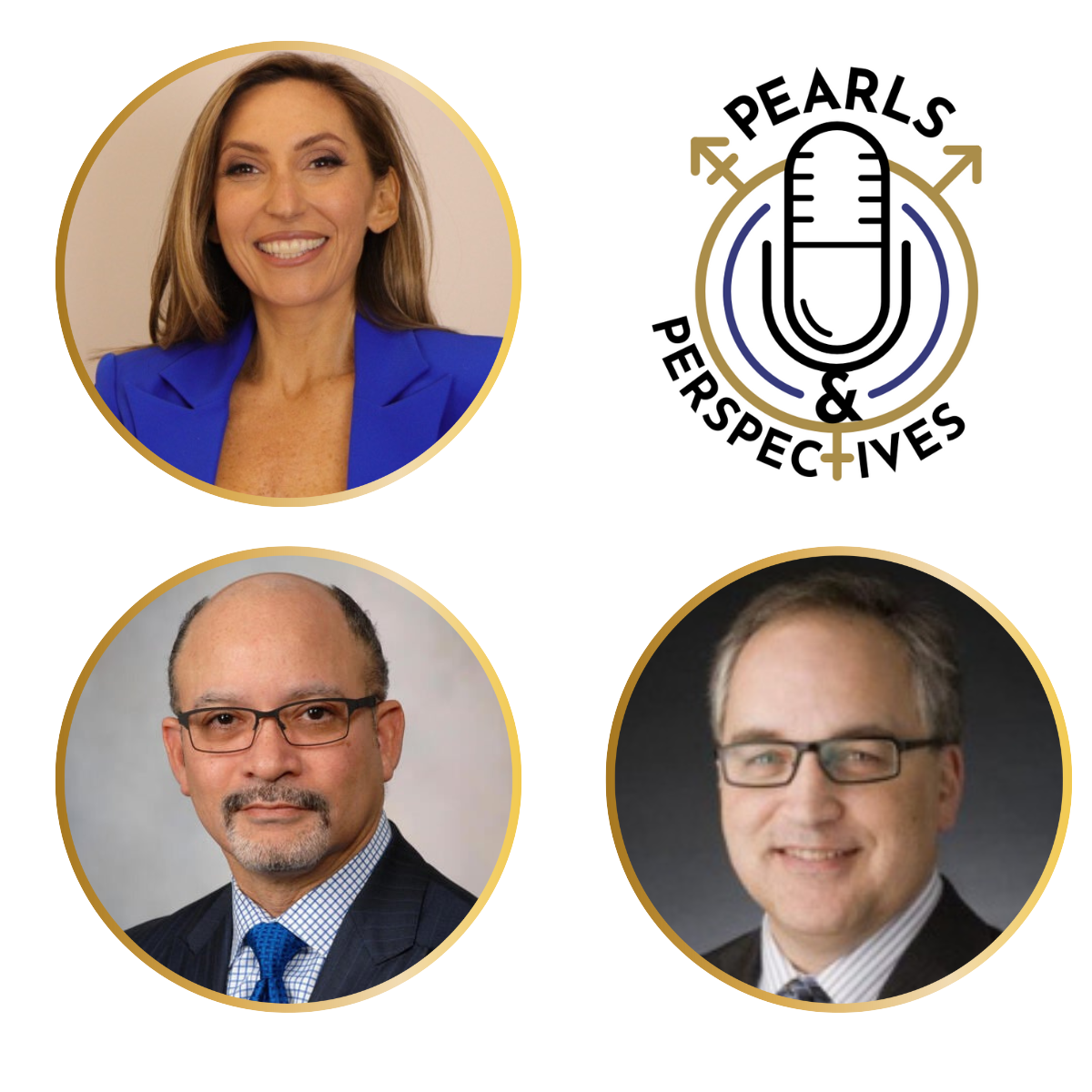Article
Is it OK for physicians to hug their patients?
Author(s):
"There isn’t any problem as long as it’s done in the context of caring," says one urologist.
Urology Times reached out to three urologists (selected randomly) and asked them each the following question: Is it OK for physicians to hug their patients?
“Yes, it is. There isn’t any problem as long as it’s done in the context of caring. First of all, touching a patient-laying hands on them-does have a benefit, especially as far as what you’re doing is caring.
Patients, especially surgical patients, understand we have to have contact with them to heal them, so that’s acceptable. Hugging, especially if someone is really going through a hard time with their care, is appropriate if it’s done in the right context.
Also see:How have your prescribing habits for pain changed?
I don’t think the concerns raised today about the MeToo Movement impact this relationship because those cases are pretty clear about the intents.
It’s unfortunate that those things filter out into other daily things that actually have a completely different context, but it hasn’t really given me any pause. Most times, it’s not me requesting hugs; it’s patients. I don’t do it unless it’s patients who are distraught.
Most of my comforting is not physical; it’s discussion and talking and emotional support. I would say when I do have contact, it’s the patient who has requested it.”
James Porter, MD
Seattle
Next:"There’s nothing wrong with hugging a sexual dysfunction patient if it happens, but I definitely get less hugs than I do with the couples."“I specialize in infertility and helping couples get pregnant. When we’re successful in changing outcomes for these couples, I get lots of hugs from the female partners and the guys. They’ll hug me together because they’re so elated. They come in totally sterile and barren from what they’ve been told previously and we changed their whole ability to have biological children-so yes, I do get hugs. Sometimes I’m shocked because they just decide to attack me and I cry. It’s a very emotional experience.
Read: Are you using telemedicine or plan to use it?
It’s a different perspective when I’m talking with men about their sexual function. As a woman doing this, I am very cautious about how professional I am, and make it very clear I’m a physician trying to treat their disease-not to make them feel any more embarrassed than they already are, having to speak to someone about this.
I’m a little more casual with couples than I am talking to men about with their sexual dysfunction.
Also see: How will regulatory changes affect EHR use in your practice?
There’s nothing wrong with hugging a sexual dysfunction patient if it happens, but I definitely get less hugs than I do with the couples. There I get a lot of high-fives, and ‘Doc, you totally changed my life. I haven’t been intimate in 10 years and now I’m intimate with my wife and we’re so appreciative.’ I get high-fives and pictures of happy couples. That’s probably more because we are the only two people in the room, and they probably don’t want to be awkward.”
Kathleen Hwang, MD
Providence, RI
Next:"Placing concerns of inappropriateness aside, we’re still in physical and personal, one-on-one relationships."
“Yes, I give hugs to patients. Placing concerns of inappropriateness aside, we’re still in physical and personal, one-on-one relationships. We’re consoling patients, we’re trying to cure them, and often physical contact helps that relationship. I don’t instigate hugs with people who don’t seem open to it. A lot of patients want to hug me; it would be awkward if I didn’t hug them back.
It’s very much a personality issue. Some providers may not express caring empathy that way. For others, it’s very much part of their interaction with patients. I think patients gravitate toward providers they feel comfortable with. So with those who end up in hugging practices versus non-hugging, it’s probably self-selection.
Read: Is autonomy dead for the practicing urologist?
There might be a generational factor in this, but I think it’s more personality than generational. I have young providers in my practice who may not be comfortable with hugs, and if I look at my father’s generation, the percentage of huggers in the longer experience group may be higher because they don’t feel as threatened by today’s issues; it’s just part of what they do. So maybe 80% of the older doctors and 30% of younger doctors hug, but I very much think it’s more personality.
I probably hug more female patients than male because that’s been more culturally accepted for a longer time. But I treat a lot of advanced prostate cancer and when it turns into long-term relationships with people with life-and-death issues, I have more hugs with cancer patients than people who have stones or acute issues where interactions are of shorter duration.
Honestly, you could expand hugging, in this area of the world, to include praying. Anything to make a patient more comfortable. I never ask them to pray because that could make them uncomfortable, but if they ask, I will participate.”
David Morris, MD
Nashville, TN
More from Urology Times:
6 questions to ask before adopting new technology
Donor-advised funds offer several advantages for charitable giving
Guideline-based medicine: A take-away from the AUA oral board exam















